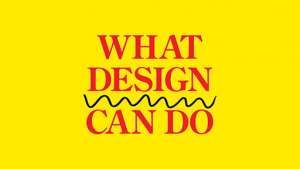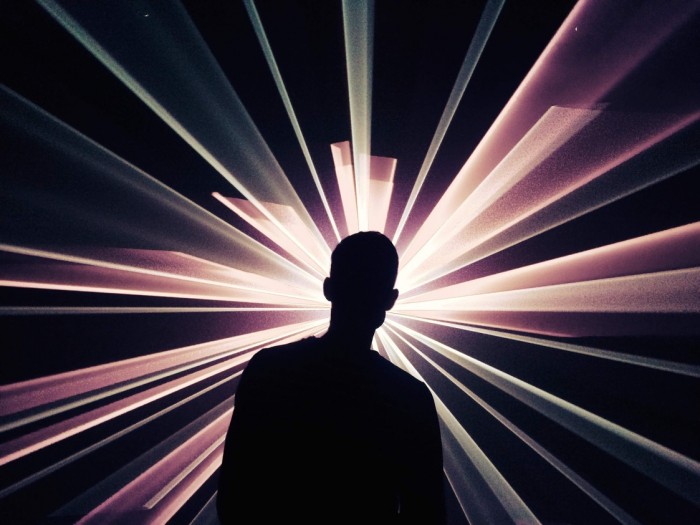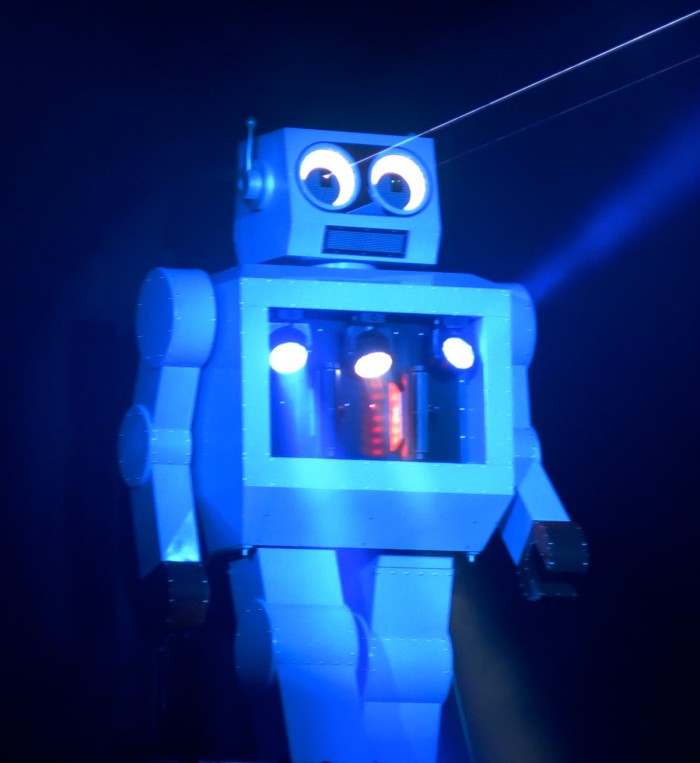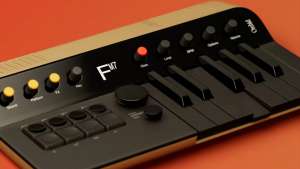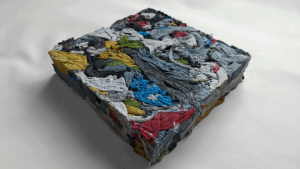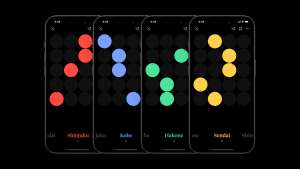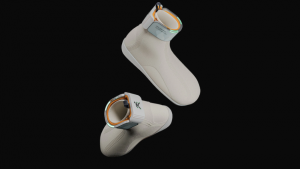From the Series
“The main thing is ‘how will it make people feel?’”, says artist Marcus Lyall. Known as the man behind spectacular visual installations for names like The Chemical Brothers, Metallica and Deadmau5 to name a few, Lyall gave Design Indaba an inside look at what makes an experience designer tick.
“The only thing that matters is what the audience get out of it,” says Lyall. “And you can only work that out by putting things in front of audiences.”
So far, Lyall has taken the creative lead on projects like “On Our Wavelength”, in which users were placed in front of an interactive light and music composition controlled by their minds, via an EEG headset. Created in collaboration with composer Rob Thomas and technologist Alex Anpilogov, the installation is an experiment where visitors are able to use their brain functions and mental state to control a large-scale, physical audio-visual composition.
Of the installation, Lyall says he was interested in exploring people's most intimate data. “My thought was that your brain data is almost the most intimate data you have. So what happens when you put it on public display?”
“But the actual experience of being in this huge tunnel we built, in the middle of a laser cone, was far more powerful than I thought,” he adds. “People really lost themselves in it, despite being in front of an audience.”
For the Chemical Brothers’ 2015 Born In The Echoes tour, Lyall designed a show using a mixture of visuals, lighting and physical props which included robots, lasers and lighting. “The theme behind the show was to blur the boundaries between the screen and the physical world,” wrote Lyall.
The tour dazzled huge audiences across the world including Glastonbury, Sonar Festival and Electric Zoo. The show was also filmed at The Roundhouse as part of the 2015 Apple Music Festival.
According to Lyall, the key is to work out the essence of the idea. “Trying to hook people in with a simple idea and then build layers of meaning from that,” he explains.
Lyall adds that sound and interaction are two elements that experience designers sometimes overlook. “Sound is way more important than people think. And interaction with people is way more engaging than clever technology.”
Lyall has now been commissioned by Mini to come up with a “future-gazing” idea. The question he set out to answer was: “What might cars feature in 100 years time?”.
“Being a Londoner, I wondered whether we could use the time spent in cars to relax, rather than stare out of the window in frustration at traffic,” he says. “I’ve been working with EEG brain activity data, and so the idea came to create a meditation tool that could work in a car.”
The Lumia Ride project team have built a basic prototype where the user’s level of relaxation influences a light installation using lasers and diffracted glass and a connected music composition. “The visual look was based on a Lumia light organ invented by an artist called Thomas Wilfred in the early twentieth century.”

